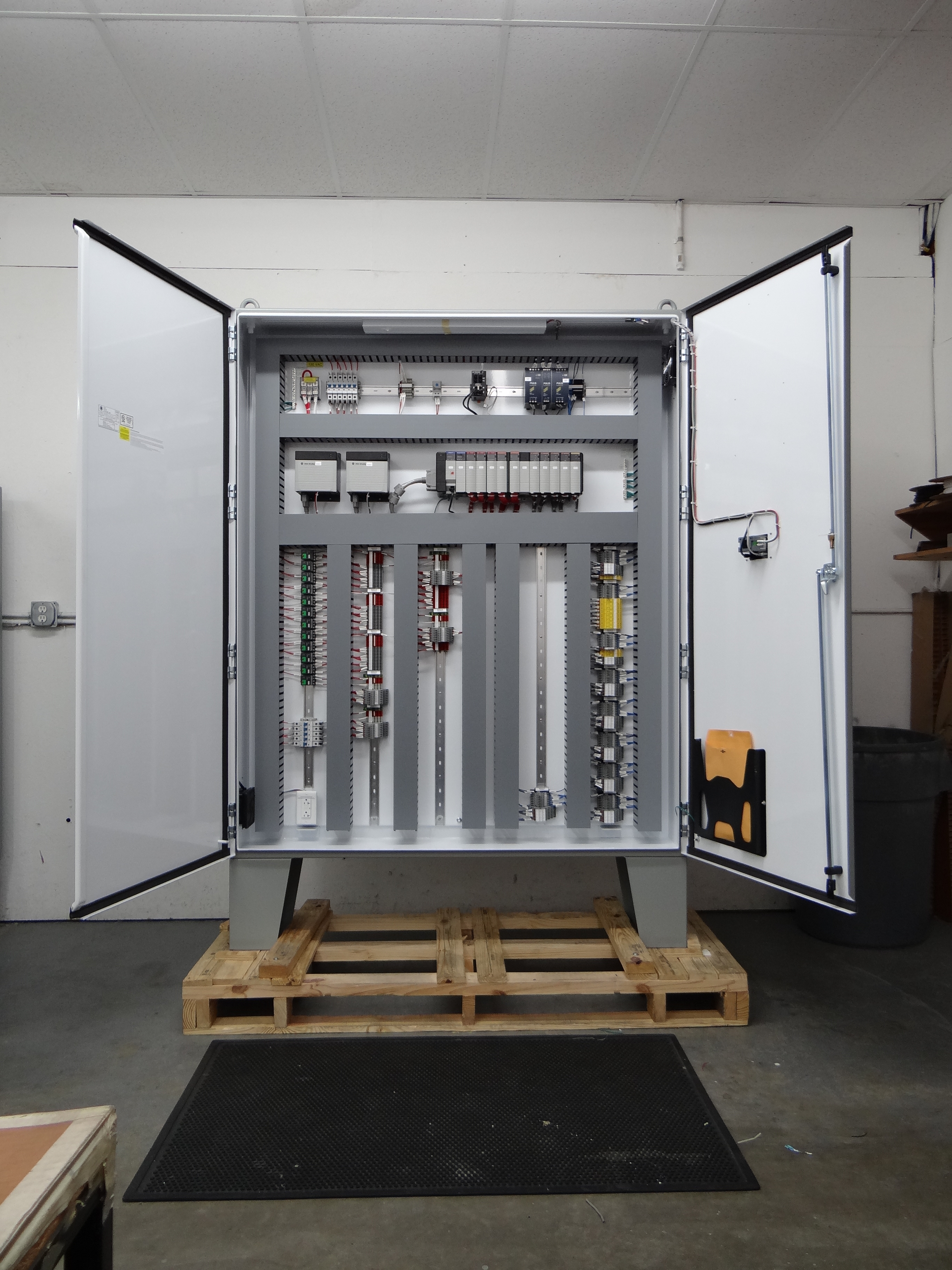










Duke Energy is one of the largest electric power holding companies in the United States, supplying and delivering electricity to approximately 7.4 million U.S. customers. With their multiple facilities combined, Duke has 52,700 megawatts of electric generating capacity. Keeping such a hungry power grid running without any hiccups is a huge challenge for power plant operators. In a power plant, mistakes can not be made - hundreds of thousands of businesses, residents, hospitals, and institutions are relying on power to operate.
In collaboration with Stellar Energy, Sun State Systems built a 9-panel package system to control power plant operations at one of Duke Energy's power generation facilities. PLCs (Programmable Logic Controllers) were used to create a solution that could be reprogrammed and modified at ease. Duke Energy's control systems work together through all stages of generation and exchange data with the power plant control center to alert operators of potentially dangerous circumstances and system malfunctions.
Duke Energy chose to use PLCs because of their many advantages:

Quality design and manufacturing of control solutions since 1991. We are an industry leader and raise the standard.
Email: sales@sunstatesystems.com
Phone: (904) 269-2544
Employment Opportunities
I have worked with many panel shops over the past 38 years, some of them good and some not so good. For the past four years I have been dealing exclusively with...
The management and staff at Sun State Systems are always polite, friendly and willing to meet customer needs to ensure a successful project. They, unlike others...
Many moons ago, I was in the panel business. I can tell you that Sun State Systems may be one of the best [control system manufacturers] I have run across...
We attended the start-up for Pump Station [REMOVED] on Friday, March 22nd. Everything worked perfectly! As I mentioned to you after the start-up, your control...
The customer service we receive from Sun State Systems is second to none. From the quoting stage thru the production cycle, we have come to rely on their abilities to move product through their...







